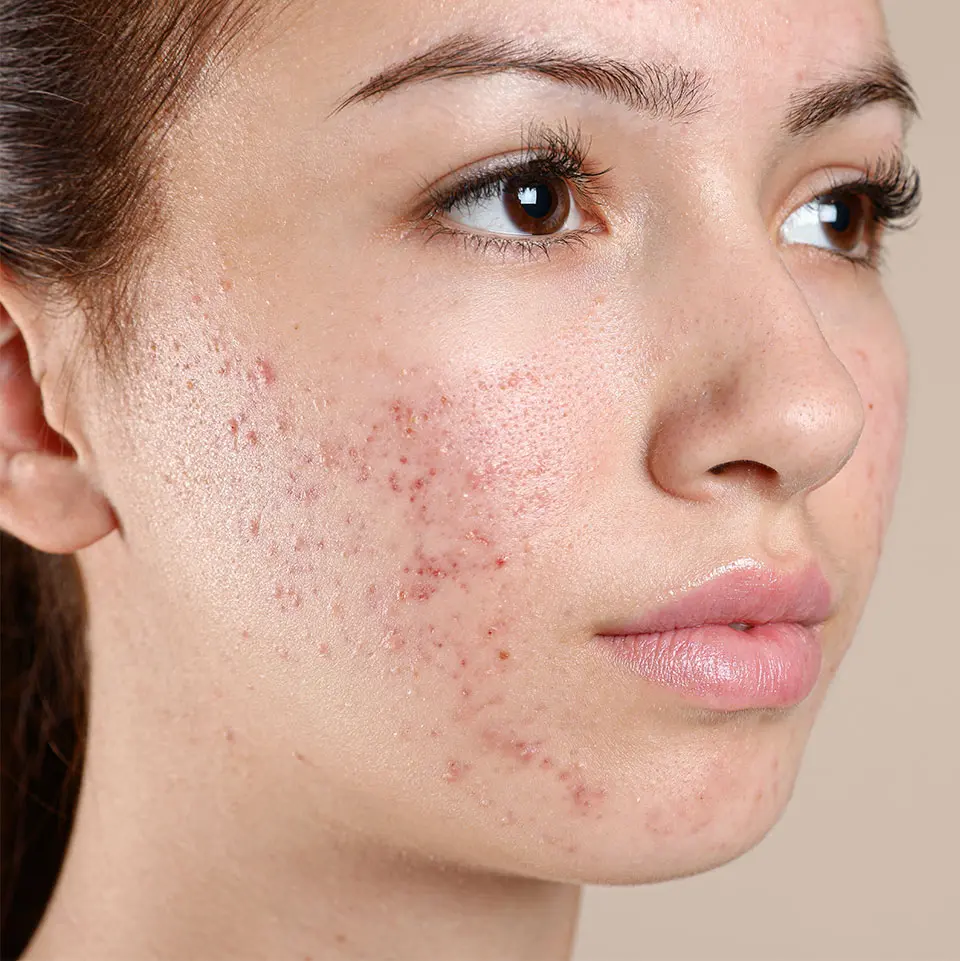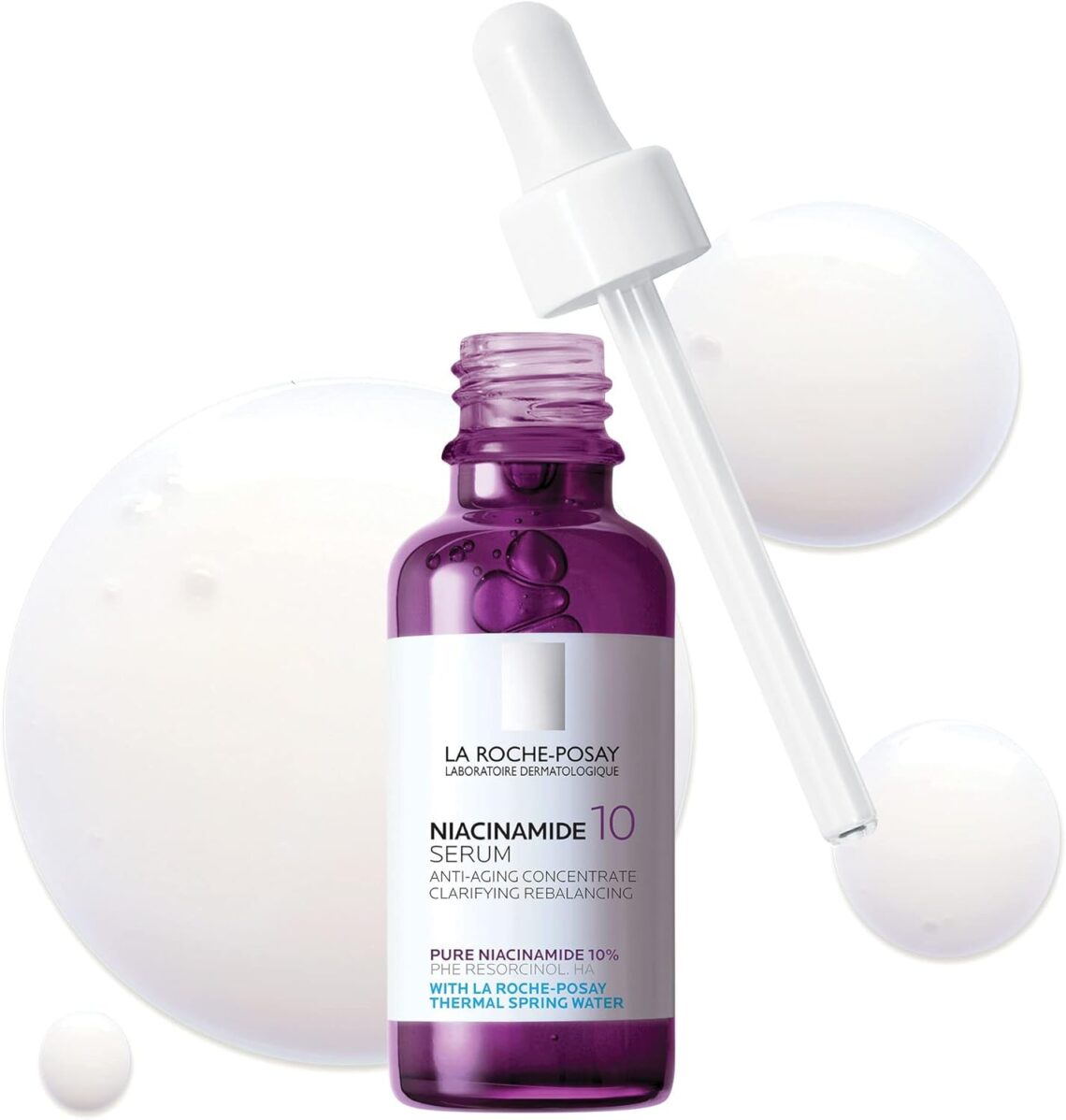Acne is one of the most common skin concerns throughout all ages and skin types. There are different types of acne ranging from the occasional breakouts or persistent cystic acne, or even fungal acne. Knowing the type of acne you suffer from and the cause behind it allows you to tailor the most efficient skincare routine which can make a massive difference in both preventing future breakouts and healing current ones.
At Dr Skincare UK, we believe the best acne treatment can only be determined once you understand your skin and then begin using tailored products. In this blog, we’ll focus on how to best fight acne through skincare, with dermatologist-approved knowledge and recommended products from expert brands such as CeraVe, La Roche Posay, and Paulas Choice.
Understanding what causes acne
Acne primarily develops when your hair follicles get clogged with oil, dead skin cells, and bacteria. There are numerous factors which can trigger or heighten breakouts:
- Excess oil production on the face
- Hormonal fluctuations (especially during puberty, different phases of your cycle, or stress)
- Clogged pores due to dead skin build up on the face
- Inflammation or sensitivity to changes in weather or diet
- Bacteria
By understanding the causes of your acne, you can build a skincare routine that targets the catalyst of it much more effectively.
Step 1: Start with a Gentle Cleanser
Cleansing is essential for removing excess oil, dirt, makeup, and pollutants that can clog pores and lead to breakouts. Double cleansing may be the way forward for those without sensitive skin as it ensures all debris is removed off the face. Double cleansing at night is best, but general cleansing should occur twice a day.
CeraVe Blemish Control Face Cleanser

- Why we chose it: This is a professional level cleanser, which was developed for those with acne prone skin. With the addition of salicylic acid, the cleanser fully cleans ones complexion.
- Key ingredients: Niacinamide and 2% Salicylic Acid.
- Best for: Normal to oily, acne-prone skin.
Step 2: Use a Chemical Liquid Exfoliant
Manual scrubs can irritate the skin and worsen acne through the aggressive nature of scrubs. Whereas a chemical exfoliant like salicylic acid, can clears pores and reduces inflammation with minimal irritation.
Paula’s Choice 2% BHA Liquid Exfoliant

- Why we chose it: Gently yet effectively exfoliates with a leave on formula to target not just surface level pores but also to properly penetrate the skins barrier.
- Key Ingredients: Salicylic acid (beta hydroxy acid)
- Best For: Combination to oily skin.
Step 3: Apply Targeted Treatments
Skin which is more susceptible to acne breakouts will benefit from targeted ingredients that reduce inflammation, address and tackle bacteria, and regulate oil production.
La Roche-Posay Pure Niacinamide 10 Serum

- Why we chose it: Niacinamide helps minimize pores, calm redness, and control oil.
- Key Ingredients: Niacinamide, HEPES, hyaluronic acid.
- Best For: Sensitive Skin
Paula’s Choice Clinical 1% Retinol Treatment

- Why we chose it: Ideal for anti-aging purposes whilst simultaneously firming the appearance of the skin. For beginners using retinol start with 1-2 times a week then begin to gradually increase.
- Key ingredients: Retinol, Vitamin C, Peptides.
- Best for: All Skin Types
Step 4: Moisturise
Countless individuals who suffer from acne believe its best to avoid moisturisers out of worry that it will clog their pores. Whereas in reality, skipping this crucial step can make acne worse as the skin will feel the need to overproduce oil.
La Roche-Posay Toleriane Sensitive Double Repair Moisturiser

- Why we chose it: Oil-free and fragrance free means you can hydrate without irritation, the combination of ingredients promotes the healing of the skins barrier without feeling too heavy on the skin
- Key ingredients: Niacinamide, glycerine, ceramides, prebiotic thermal water
- Best for: All Skin Types
Step 5: Suncream!!
Most acne treatments (like retinol and acids) increase the skins sensitivity to the sun. Suncream is essential, even for those with acne-prone skin.

- Why we chose it: Created by a renowned dermatologist, this suncream protects against both UVA and UVB rays.
- Key Ingredients: Fragrance free, water resistant, 5 star UVA rating
- Best For: All skin types
Bonus: Treat Post-Acne Scarring
Once breakouts subside, lingering scars and bumps can be demotivating. However there are products which can help fade scarring and smooth texture over time.
La Roche-Posay Effaclar Duo (+) Anti-Imperfections Moisturiser

- Why we chose it: Dual Action to reduce current breakouts and heal the skin from past ones, whilst hydrating the skin.
- Key Ingredients: Niacinamide, Lipo Hydroxy Acid, Salicylic Acid, Zinc PCA, Glycerine.
- Best For: All skin types.
Top Ingredients Dermatologists Recommend for Acne
Here’s a breakdown of key ingredients to keep an eye out when your shopping skincare products:
| Ingredient | Purpose |
| Salicylic Acid | Exfoliates the deeper layers of the skin and clears blackheads |
| Niacinamide | Calms redness and reduces oil |
| Retinol | Increases cell turnover, fades acne scars |
| Glycerine | Increases water in the skin whilst not clogging pores |
Lifestyle Tips to Support Clear Skin
Skincare is crucial, but lifestyle factors also impact acne:
- Keep pillowcases clean
- Avoid touching your face with unwashed hands
- Eat a balanced diet
- Stay hydrated, with 2-3L waters daily
- Manage stress
When to See a Professional
If your acne is continuous, sore, or not showing any signs of improvement after months of a consistent skincare routine, it may be time to go to a dermatologist. Medical treatments such as antibiotics, hormonal therapy, or Accutane may be needed in more certain cases.



